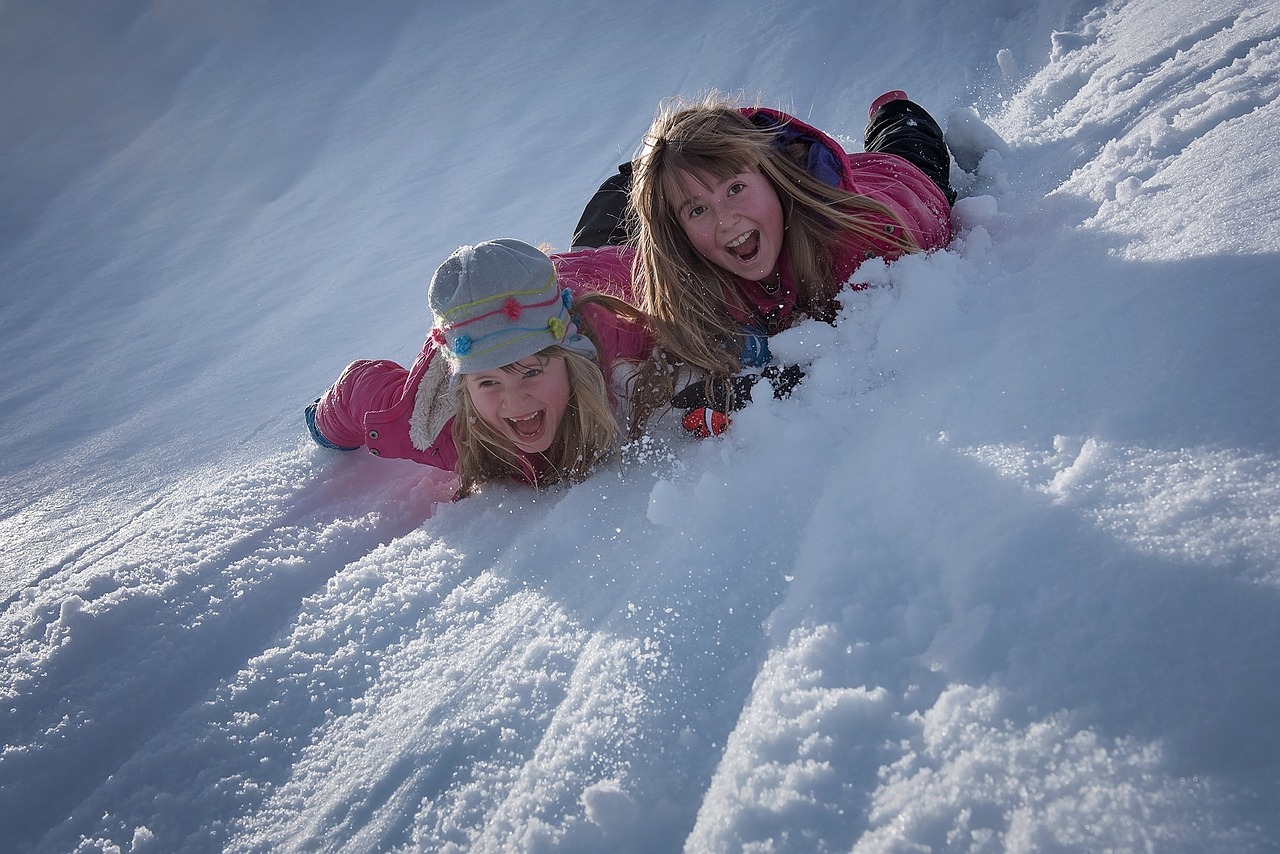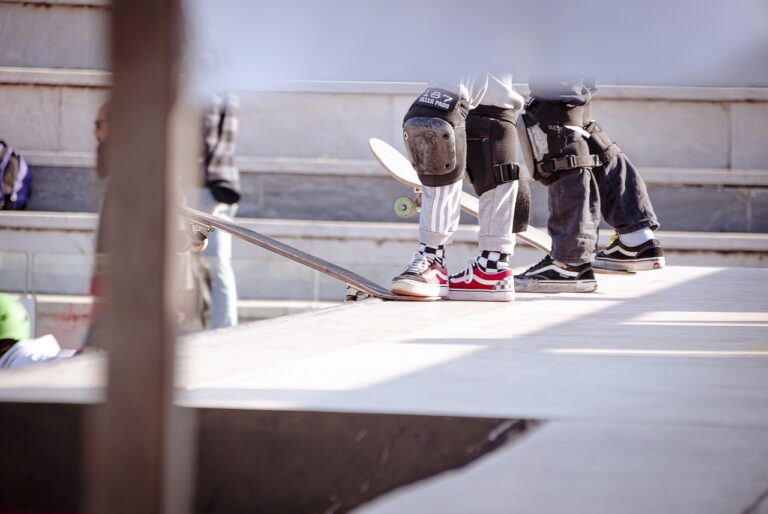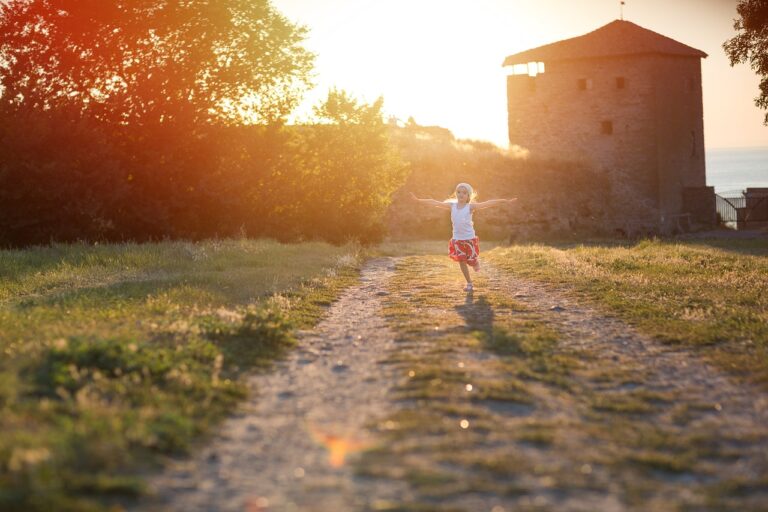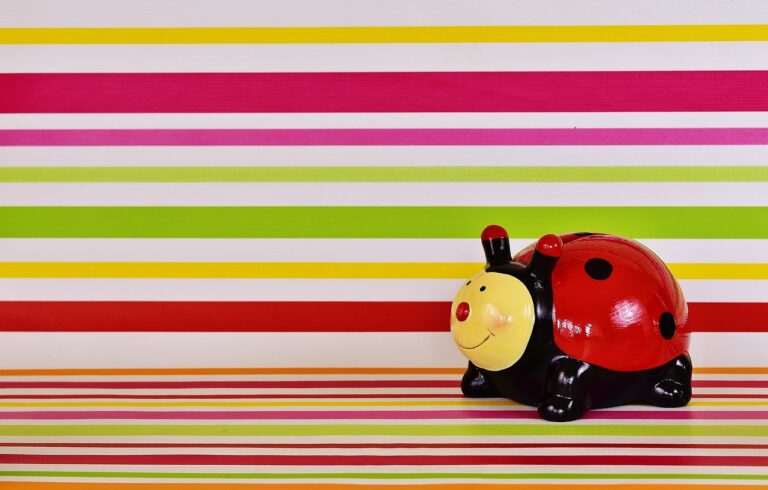How to Create Realistic Weather Effects
11xplay online id, india 24 bet login, sky fair vip:How to Create Realistic Weather Effects
Have you ever watched a movie or played a video game and been blown away by how realistic the weather effects looked? Creating realistic weather effects can add a whole new level of immersion to any type of media, whether it’s a film, a video game, or even a presentation. In this blog post, we will discuss some tips and tricks for creating realistic weather effects that will leave your audience in awe.
Understanding the Basics
Before we dive into specific techniques for creating realistic weather effects, it’s important to understand the basics. Weather effects are often created using a combination of different elements, such as particles, lighting, shaders, and textures. By combining these elements in the right way, you can create weather effects that look incredibly realistic.
Tips for Creating Realistic Weather Effects
1. Use Particle Systems
One of the most common techniques for creating realistic weather effects is to use particle systems. Particle systems allow you to create a large number of individual particles that can interact with each other and the environment. For example, if you want to create a rainstorm, you can use a particle system to generate thousands of raindrops that fall from the sky and interact with the ground and other objects in the scene.
2. Pay Attention to Lighting
Lighting plays a crucial role in creating realistic weather effects. Different types of weather, such as sunny days, storms, or foggy conditions, require different lighting setups to look convincing. By adjusting the direction, intensity, and color of your lights, you can create the illusion of different weather conditions.
3. Use Shaders and Textures
Shaders and textures can add depth and realism to your weather effects. For example, using a shader to create a distortion effect on objects viewed through raindrops can make the rainstorm look more immersive. Additionally, using high-quality textures for rain, snow, fog, or other weather elements can make them look more realistic.
4. Utilize Sound Effects
In addition to visual effects, sound effects can help create a more immersive experience for your audience. Adding realistic sound effects, such as thunder or wind, can enhance the overall feel of your weather effects and make them more convincing.
5. Pay Attention to Detail
When creating weather effects, paying attention to small details can make a big difference. For example, using different particle sizes for raindrops or adding subtle variations in lighting can make your weather effects look more natural and realistic.
6. Test and Iterate
Creating realistic weather effects is a process that requires experimentation and iteration. Don’t be afraid to try out different techniques and settings to see what works best for your particular project. By testing and iterating on your effects, you can fine-tune them to look as realistic as possible.
FAQs
Q: Do I need expensive software to create realistic weather effects?
A: While some high-end software programs offer advanced tools for creating weather effects, you can achieve impressive results with more affordable software as well. Many free or budget-friendly programs offer particle systems, shaders, and other tools that can help you create realistic weather effects.
Q: How can I make my weather effects look more dynamic?
A: To make your weather effects look more dynamic, consider adding elements like wind dynamics or changing weather patterns. By introducing movement and change into your effects, you can make them more interesting and engaging for your audience.
Q: Are there any specific tutorials or resources you recommend for creating realistic weather effects?
A: There are plenty of tutorials, forums, and online communities dedicated to creating weather effects in various media. Websites like YouTube, CGSociety, and Polycount offer tutorials, tips, and resources for creating realistic weather effects in different software programs.
In conclusion, creating realistic weather effects can elevate your projects to a whole new level of immersion and realism. By using particle systems, lighting, shaders, textures, sound effects, attention to detail, and testing different techniques, you can create weather effects that look incredibly convincing. Remember to experiment, iterate, and have fun with the process!







